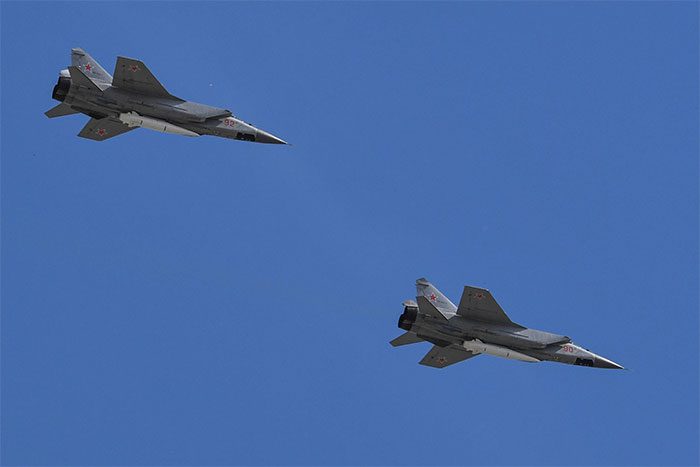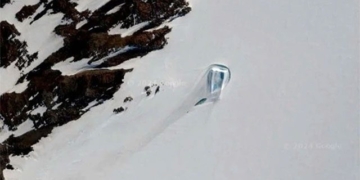On March 30, a reporter in Moscow reported that experts from Roselectronika, a member of the Russian state-owned technology corporation Rostec, have developed a prototype of material capable of absorbing radio waves across a broad frequency range for use in aircraft manufacturing, rendering it invisible and undetectable.

Russian MiG-31 interceptor. (Illustrative photo: AFP/TTXVN)
On Rostec’s website, developers noted: “This design solution is the first to be recorded as stealth material.”
The material consists of several interconnected layers of fiberglass. Its basis consists of thin strands with a metallic core within a glass insulation layer. The resulting product absorbs up to 95% of radar electromagnetic radiation, making it very difficult for radar systems to detect aircraft.
Mr. Aleksei Dymovskikh, General Director of the Central Design Bureau for Special Radio Materials (TsKB RM), stated: “The creation of radar-absorbing structural materials has long been an issue in modern military aviation.” According to him, current stealth coatings require frequent maintenance, whereas fiberglass materials with reduced reflectivity do not require such upkeep.
The head of TsKB RM confirmed that the prototype stealth material has passed essential testing at the factory. The authors of this project are employees of TsKB RM, which is part of Roselectronika. The new material will be used to manufacture the blades of compression engines—one of the most easily detectable components in the radio wave spectrum.


















































